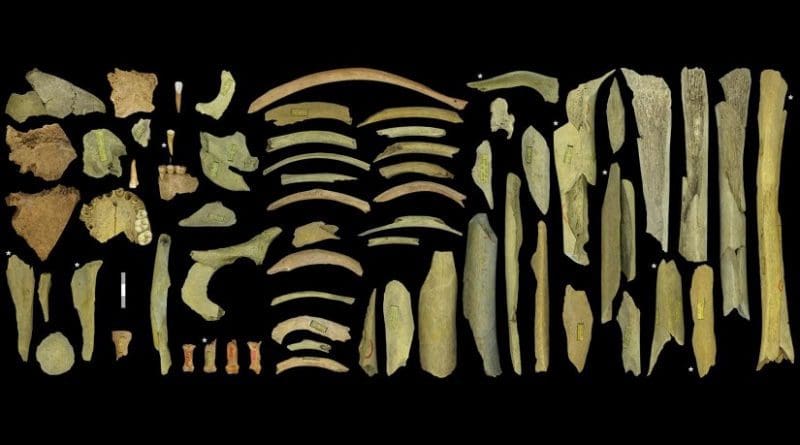Discovered Evidence Of Neanderthal Cannibalism In Northern Europe
The Neanderthals displayed great variability in their behaviour and one of the aspects in which this becomes clear is their relationship with the dead. There is evidence on different sites (e.g. Chapelle-aux-Saints in France, and Sima de las Palomas on the Iberian Peninsula) that the Neanderthals buried the dead.
Yet other sites show that the Neanderthals ate the meat and broke the bones of their fellow Neanderthals for food. Evidence of this cannibal behavior has been discovered at various sites in France (e.g., Moula-Guercy, Les Pradelles) and on the Iberian Peninsula (Zafarraya, El Sidrón).
However, there are very few sites with Neanderthal remains north of latitude 50º, as only two of these sites have provided information on possible funerary treatment. Partial skeletons have been found in Feldhofer (Germany) and in Spy (Belgium), and the study of them as well as that of their context allows one to deduce that they were interred. In fact, the excavation notes on the Spy II individual indicate that it was a complete skeleton found in a contracted position.
A new study, led by Dr Hélène Rougier, and which the Ikerbasque researcher at the UPV/EHU Asier Gómez-Olivencia has participated in, has discovered the largest number of Neanderthal human remains in northern Europe, not only in terms of the number of remains but also in terms of the number of individuals represented, a total of five: four adolescents or adults and one child. The site is the “Troisième caverne” in Goyet (Belgium).
A third of the Neanderthal remains on this site display cut marks, and many remains bear percussion marks caused when the bones were crushed to extract the marrow. The comparison of the Neanderthal remains with other remains of fauna recovered on the site (horses and reindeer) suggests that the three species were consumed in a similar way. This discovery enables the range of known Neanderthal behaviour in northern Europe with respect to the dead to the expanded.
What is more, five human Neanderthal remains display signs of having been used as soft percussors to shape stone. The Neanderthals used boulders to shape stone tools and also used bone in some cases to sharpen the cutting edges (one example closer to home can be found in the bone retouchers, mainly belonging to deer, recovered on the Azlor site in Dima, Bizkaia).
So far, there have been three sites in which the Neanderthals are known to have used the bones of a fellow Neanderthal to shape stone tools: a femur fragment in the case of Krapina in Croatia and Les Pradelles, and a skull fragment at La Quina in France. Goyet has provided 5 sets of human remains used as retouchers, which almost doubles the record known so far on a single site.
It has also been possible to date this collection of Neanderthal remains. It has been revealed that these Neanderthals lived between 40,500 and 45,500 years ago. The exceptional preservation of the collection has also enabled the mitochondrial DNA of these remains to be recovered, which when compared with that of other Neanderthals, reveals that genetically the Neanderthals at Goyet resembled those of Feldhofer (Germany), Vindija (Croatia) and El Sidrón (Asturias, Spain). This great genetic uniformity, notwithstanding the geographical distances, indicates that the Neanderthal population that inhabited Europe was small.

